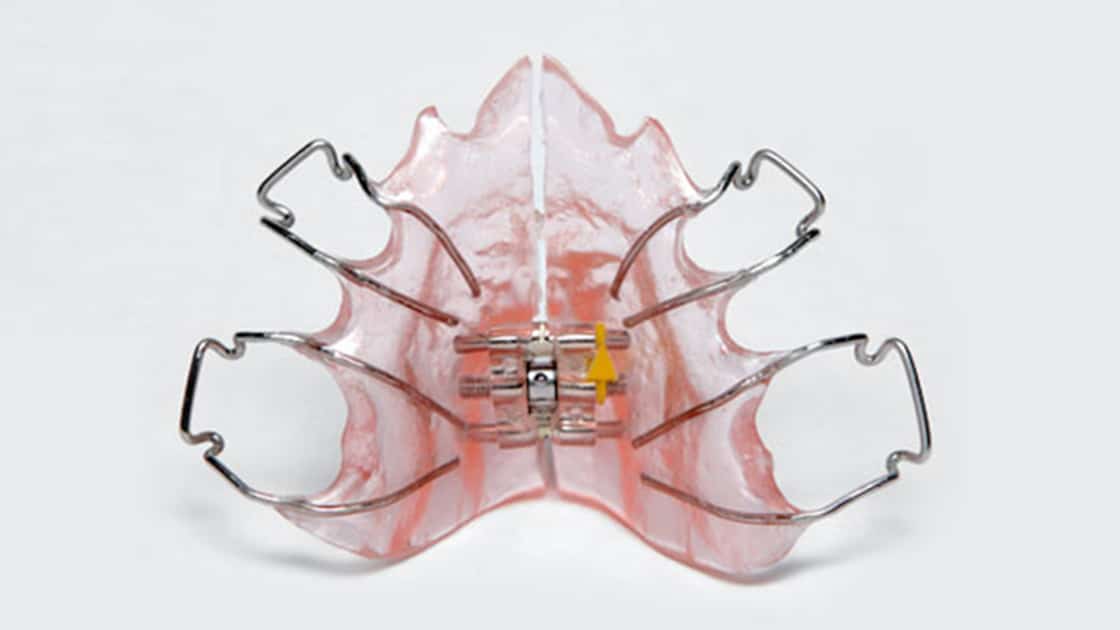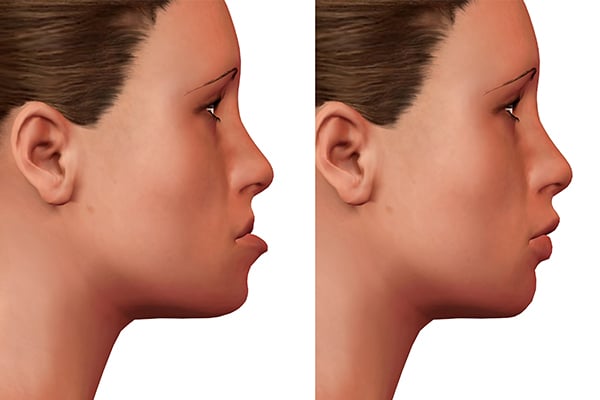Misaligned teeth and jaws often play an integral role in sleep disorders that affect both children and adults. While early intervention is ideal, older teens and adults can also benefit.
We provide advanced solutions for airway positioning and sleep-related breathing issues, addressing malocclusions stemming from habits like thumb sucking and mouth breathing.
We provide advanced solutions for airway positioning and sleep-related breathing issues, addressing malocclusions stemming from habits like thumb sucking and mouth breathing.

Is your child always tired?
Do they have trouble focusing?
Are they often irritable and impatient?
If so, your child may be experiencing disrupted sleep, a condition that can affect the quality of sleep and negatively affect your child's overall health. For patients with disrupted sleep, breathing is impacted by a restricted airway. During sleep, the throat's soft tissues can be compressed, causing the airway to be narrowed or even closed off.
Studies indicate that a child’s facial and dental growth and development can be significantly impacted by the new orthodontic treatments that work to provide proper nasal breathing, tongue position, and closed lips. The position and shape of the teeth and jaws have also been connected to sleep disorders such as snoring and sleep apnea, affecting millions of people of all ages.
While receiving early treatment offers the most effective results, older teens and adults can also experience the benefits of airway orthodontics. We strive to provide our patients with the latest treatments for airway positioning, pediatric sleep apnea, and sleep-disordered breathing.
Airway Orthodontics can correct malocclusions affecting jaw formation, proper bite configuration, and other orthodontic concerns. Some malocclusions are developed at very early ages by habits such as thumb sucking, mouth breathing, and poor tongue positioning.
Studies indicate that a child’s facial and dental growth and development can be significantly impacted by the new orthodontic treatments that work to provide proper nasal breathing, tongue position, and closed lips. The position and shape of the teeth and jaws have also been connected to sleep disorders such as snoring and sleep apnea, affecting millions of people of all ages.
While receiving early treatment offers the most effective results, older teens and adults can also experience the benefits of airway orthodontics. We strive to provide our patients with the latest treatments for airway positioning, pediatric sleep apnea, and sleep-disordered breathing.
Airway Orthodontics can correct malocclusions affecting jaw formation, proper bite configuration, and other orthodontic concerns. Some malocclusions are developed at very early ages by habits such as thumb sucking, mouth breathing, and poor tongue positioning.
In addition to decreasing oxygen levels, disrupted sleep may cause other health complications such as:
Airway Solutions
Oral Appliance Therapy

Many patients who suffer from either sleep apnea or snoring may be able to find relief using a custom removable oral appliance that adjusts the position of the lower jaw and tongue during sleep. Our office can create a personalized Mandibular Advancement Device for you to wear during sleep to help maintain an open, unobstructed airway when worn while sleeping. Please be sure to bring your oral appliance to your appointments to make sure it continues to fit properly.
Rapid Palatal Expander (RPE)

Used to widen or expand the upper jaw, a palatal expander can be used as an effective treatment for patients with sleep apnea. Expanding the upper jaw also effects the floor of the nasal cavity, helping to increase air flow and making breathing easier. PEDs are common orthodontic treatment for children, and have been partnered with tonsillectomies for maximum treatment results.
Surgical Orthodontics

Surgical orthodontics is sometimes used to treat sleep apnea or disrupted sleep in conjunction with other traditional orthodontic treatments to correct misalignments or other abnormalities in the upper jaw and lower jaws. Surgical correction for sleep apnea is often conducted in stages and the course of treatment can last a few months up to one year or more. During the procedure, the jawbones are adjusted to reposition the tongue and palate for a widened upper airway that provides unencumbered breathing.

